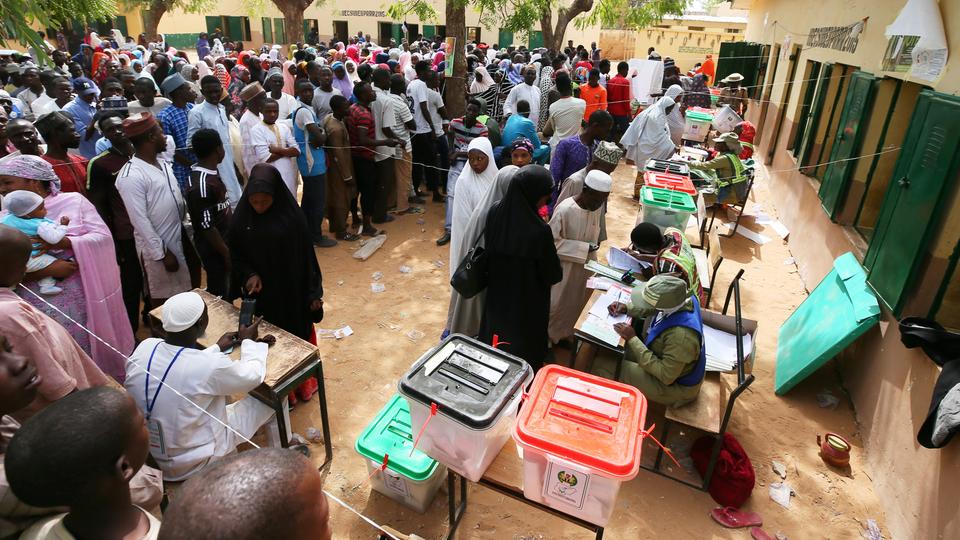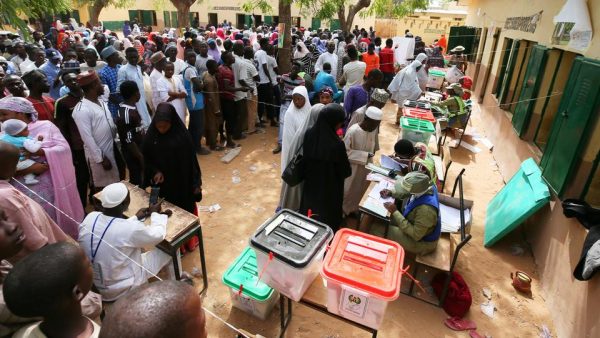As the Independent National Electoral Commission (INEC) has begun another round of voter registration in preparation for the 2023 general elections, discussions are gradually being initiated in the area of whether voter turnout figures in the recent past elections is anything to write home about.
Read more about Politics
Political pundits, Civil Society Organisations (CSO) and a few political parties are also looking to see what really happened to voter turnout over the years and if it can be improved. Especially as opposition political parties will have to mobilise new voting bases or blocs across the country to vote en-masse in the coming elections. Politics is all a game of numbers after all.
Looking into the past, data available from Idea International via INEC reveals that there has been a steady decline in voter participation over the years of Nigeria’s fledgling democracy.
Although there was no sufficient voter data in 1993 to determine voter turnout in the 1993 presidential elections, the return to democracy in 1979, for instance, recorded a 35.25% turnout.
Despite a voting-age population of 38,142,090 and 50,526,720 in 1979 and 1993 respectively, total vote count in 1979 was 17,098,267 while it was 14,039,486 in 1993. This reflects a sharp decline in voter participation between 1979 and 1999.
However, after the hiatus caused by another session of military rule, the election year 1999 witnessed a surprising turnaround in voter participation going as high as 52.26%. This must have been a result of the zeal of Nigerians willing to participate in the democratic process once again after the despotic rule of Late General Sani Abacha.
The next batch of presidential elections in the nation in 2003 was the highest ever recorded, according to available data. As much as 69.08% of those who registered to vote went out to vote on the day the incoming president was to be chosen.
Sign up to the Connect Nigeria daily newsletter
The fact that the 2003 elections were one of the most competitive between an incumbent President Olusegun Obasanjo and formidable opposition figures such as Olu Falae, Muhammadu Buhari and others who were ready to outmanoeuvre and outspend each other must have contributed to the high turnout. People had high hopes that their votes counted, but they soon lost faith in the polls after the election was said to have been mired with inconsistencies and fraudulence under the Maurice Iwu led-INEC chairmanship.
Things began to go downhill from 2007 as Nigeria recorded a sharp decline in voter participation where the 2007 presidential elections recorded a 57.49% voter turnout.
From the year 2011 recording a 53.68% total voter turnout compared to 2015’s 43.65% and 2019 presidential election’s 34.75%, the figures no longer reflect evidence that a sizeable number of Nigerians are interested in electing public officials. Despite an increment in the voting age population of 81,691,751 in 2011 to 91,669,312 in 2015 and 106,490,312 in 2019, voter participation kept going in the opposite direction and constantly decreasing.
The premises surrounding why there is declining voter turnout must have given rise to the new initiative by the current INEC chairmanship under Mahmood Yakubu to decentralise voter registration by exploring online channels.
While there is still room for improvement, the initiative by INEC is turning out encouraging results as figures from 48 hours of opening the online voter registration portal have shown the addition of at least 63,437 to the voter database.
Featured Image Source: TRT World
Got a suggestion? Contact us: [email protected]


